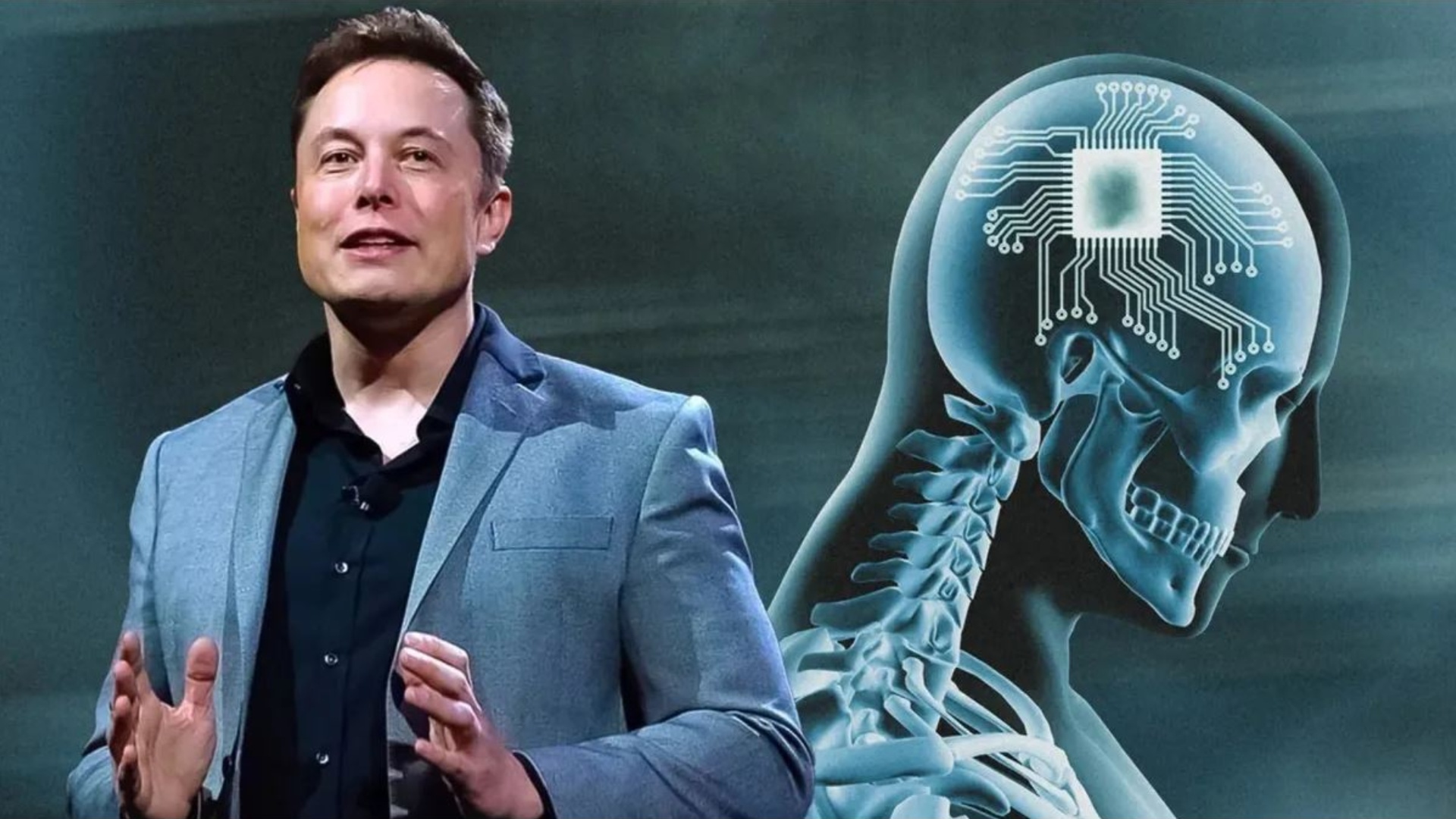Introduction:
In the realm of technological innovation, Elon Musk’s ventures are synonymous with audacious goals and groundbreaking ideas. One such endeavor that has captured the imagination of the scientific community and the public alike is Musk’s foray into the realm of Brain-Computer Interface (BCIs). This ambitious experiment, spearheaded by Musk’s company Neuralink, aims to merge the human brain with artificial intelligence, potentially unlocking a myriad of possibilities. In this article, we will delve into the concept of Brain-Computer Interfaces, Elon Musk’s vision, and the implications of this ambitious experiment.
Understanding Brain-Computer Interfaces:
A Brain-Computer Interface is a technology that establishes a direct communication pathway between the brain and an external device, such as a computer. The objective is to decode neural signals and translate them into actionable commands, facilitating a seamless interaction between the human mind and machines. BCIs have shown promise in various applications, including medical interventions for individuals with paralysis, neurological disorders, and other conditions that limit motor function.
Elon Musk’s Vision:
Elon Musk’s Neuralink, founded in 2016, represents a bold leap into the uncharted territory of Brain-Computer Interface. Musk envisions a future where BCIs enable a symbiotic relationship between humans and artificial intelligence, allowing for enhanced cognitive abilities and even the potential to address neurological disorders.
Key Components of Neuralink’s Experiment:
- The Neuralink Device: At the core of Musk’s experiment is the Neuralink device. It is a small, implantable chip designed to be embedded into the human brain. The device consists of ultra-thin threads that are finer than a human hair, facilitating precise and minimally invasive insertion into the brain. Musk has emphasized the importance of developing a device that can seamlessly integrate with the brain without causing damage.
- Neuralink’s Surgical Robot: Neuralink’s approach involves using a surgical robot to implant the threads into the brain. The robot, guided by advanced algorithms and precision control, aims to ensure a level of accuracy that surpasses what is achievable by a human surgeon. This robotic approach is a crucial component in minimizing the risks associated with invasive procedures.
- Wireless Connectivity and Data Transfer: The Neuralink device aims to establish wireless connectivity. This will allow for the seamless transmission of neural data between the brain and external devices. This capability opens the door to real-time monitoring of brain activity and the potential for bidirectional communication.
Implications and Potential Benefits:
- Medical Applications: Neuralink’s experiment holds significant promise for medical applications. It could offer solutions for individuals with spinal cord injuries, paralysis, or neurological disorders. This can happen by restoring communication between the brain and the body. This potential breakthrough could enhance the quality of life for those facing debilitating conditions.
- Cognitive Enhancement: Musk’s vision of cognitive enhancement through BCIs sparks discussions about the potential augmentation of human intelligence. While ethical considerations abound, the prospect of enhancing memory, processing speed, and problem-solving abilities raises questions about the ethical implications and societal impact.
- Human-Machine Collaboration: The successful implementation of BCIs could pave the way for unprecedented collaboration between humans and machines. Tasks that currently rely on traditional interfaces could be streamlined, and new possibilities for human-machine synergy could emerge.
Challenges and Ethical Considerations:
- Safety Concerns: Invasive procedures involving the brain naturally raise concerns about safety. Neuralink device’s safety and minimizing potential risks is important. Risks such as infection or long-term side effects, is paramount for the success of the experiment.
- Ethical Use of Technology: As BCIs move from the realm of science fiction to reality, ethical considerations become crucial. Musk’s experiment prompts discussions about privacy, consent, and the potential misuse of cognitive data, necessitating robust ethical frameworks and regulations.
- Societal Impact and Inequality: The widespread adoption of BCIs raises questions about accessibility and potential societal inequalities. Will this technology be available to all? Or will it create a divide between those who can afford enhancements and those who cannot?
Conclusion:
Elon Musk’s ambitious experiment with Neuralink and Brain-Computer Interfaces represents a frontier where technology and neuroscience converge. While the potential benefits are captivating, the challenges and ethical considerations cannot be understated. As Musk and his team push the boundaries of what is possible, the world watches with a mix of excitement and apprehension. The success of this experiment could mark a pivotal moment in the trajectory of human-machine interaction. It will open doors to new possibilities while prompting careful reflection on the responsible development and deployment of transformative technologies.
Image Credit: Punch Newspapers



[…] BCIs are made up of tiny threads (thinner than a human hair) that are inserted into the brain tissue. […]